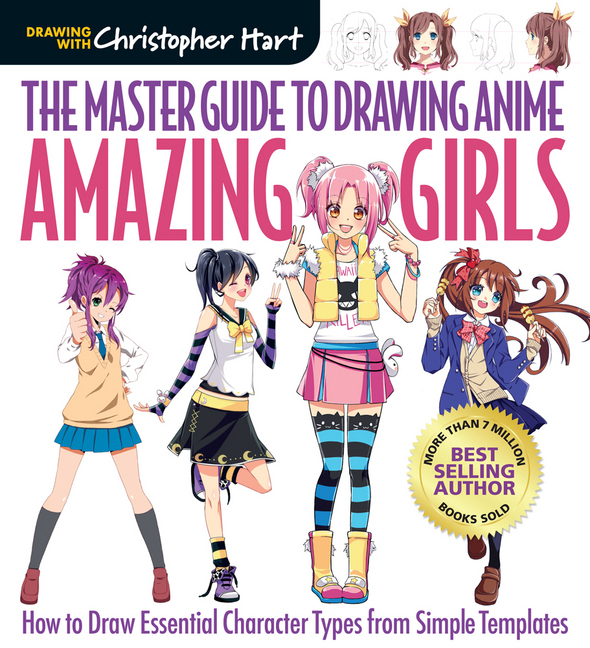
I think this is an extremely valuable animation textbook, as it makes you think deeper about your animation, rather than just put it on the page. Published in 2017, this animation book by Ed Hooks is the how-to guide to not only animating but integrating an integral role that emotion and intention both have on the animation process, culminating in your finished product. Blair died a year after the book was published, and I’m glad he let his tips be known before he was gone. You can pick up techniques from the expert that brought you Droopy Dog and the Flintstones. In the book, Blair shares his signature way of animating cartoons. These pivotal decades brought us some of our favorite classics, some of which have animation by Blair. He worked during the Golden Age of animation, considered to be from the 1930s to the 1970s. Preston Blair worked at Disney and MGM, animating famous scenes in Fantasia, specifically the Sorcerer’s Apprentice and the Dance of the Hours, Bambi, and Pinocchio. Next to Animators Survival Kit, this may be the best animation book. Published in 1994, this guide by Preston Blair is an old, but an extremely valuable resource for aspiring animators. You really couldn’t find a better animation book or one from such a decorated artist like Williams. Who knows, maybe you could make the next big sensation on par with Roger Rabbit. This book is invaluable and paves the way for future animators.

Who could be a better guide than Richard Williams? The book, released in 2001, is considered a must-have for any aspiring animators, as Williams divulges tips, tricks, and techniques that he himself has used and uses to this day. And other well-known projects like the Pink Panther animations, and the long, troubled The Thief and the Cobbler, which he directed.

Williams is world-famous for helping with the iconic Who Framed Roger Rabbit.

Our Top 10 Books for New Animators The Animators Survival KitĪward-winning animator Richard Williams is here to show you how to make it in animation.


 0 kommentar(er)
0 kommentar(er)
